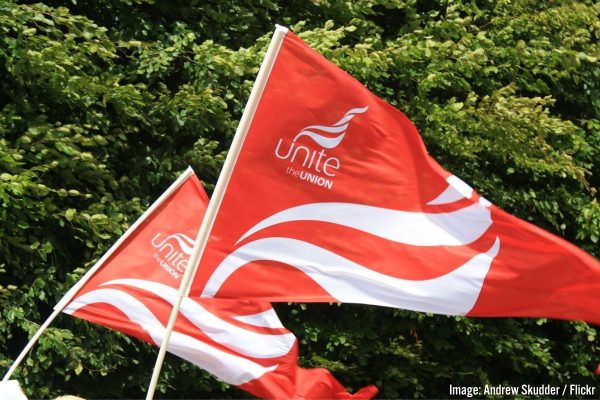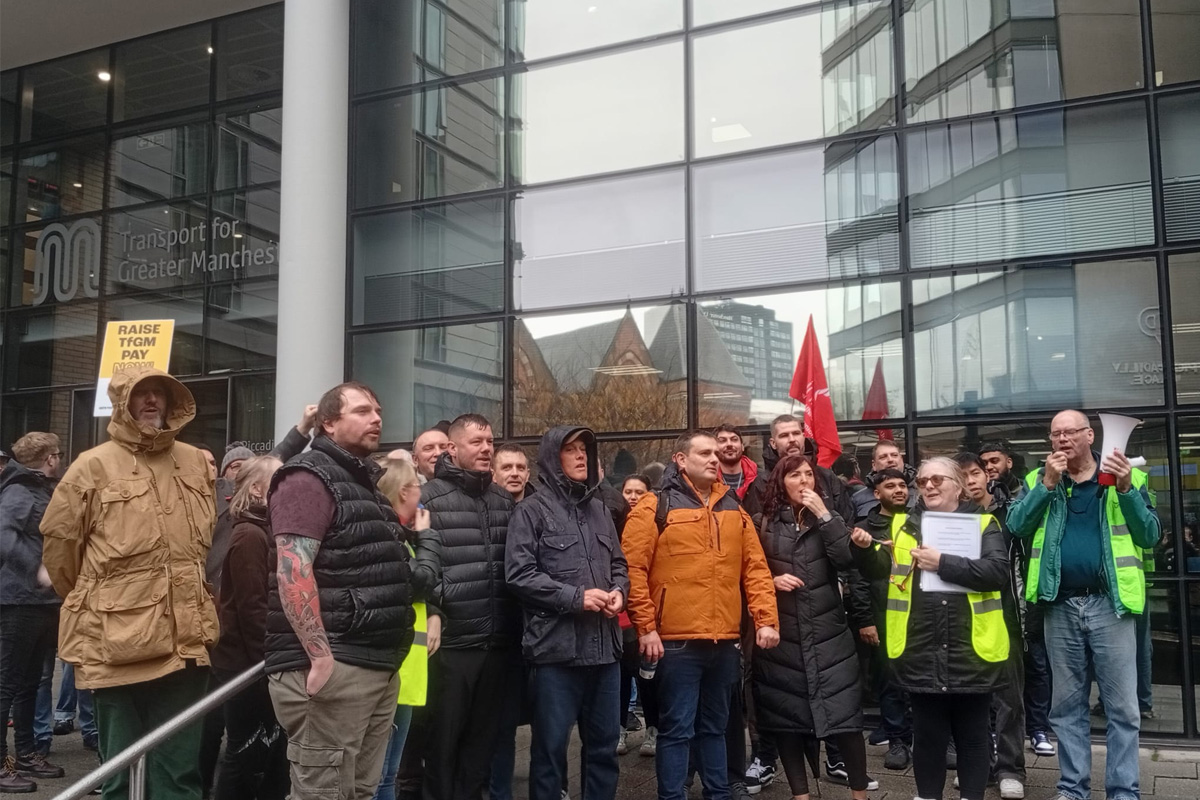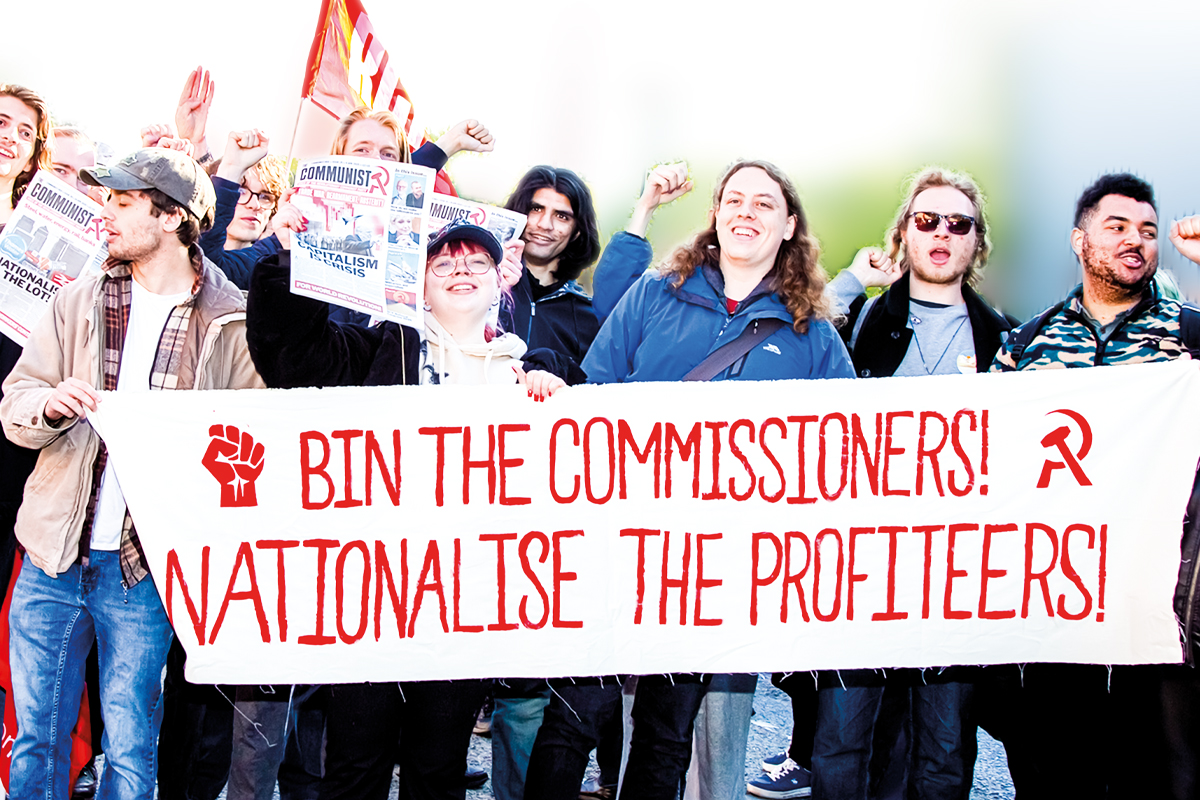Recent months have seen strikes hitting oil and gas rigs in the North Sea. These have continued to spread across a number of different rigs, with hundreds of workers downing tools.
Workers at numerous different contractors are moving into action this month to fight for real pay rises. This includes 600 workers at Stork, which specialises in construction support services.
The workers, organised in Unite and the RMT, will be going out for three days a week, three weeks in a row: on 11-13 July, 18-20 July, and 25-27 July.
Following a huge vote for industrial action, with 98% of Unite members saying ‘Yes’ to strikes, there is a clear determination to win. The rig workers had already previously rejected a below-inflation offer of 6% from the bosses.
The likes of Stork, meanwhile, are reporting profits of £2.5 million (in 2021). No wonder workers are angry, and are moving into struggle.
Other planned strikes involve Petrofac workers at energy supplier Ithaca, and Wood Group workers on TAQA platforms.
Deals
These latest strikes come off the back of the conclusion of two struggles by rig workers at different companies, which arose due to years of degraded conditions and falling pay.
This includes workers at Petrofac, who recently agreed to end their proposed strikes following months of action and negotiations.

Another dispute, involving 700 workers with Bilfinger, concluded at the start of June, after Unite members narrowly voted to accept an improved offer, with 55% backing the deal.
These results will certainly have emboldened rank-and-file members, showing what nonsense the bosses’ rhetoric is about there not being enough money to go around.
It should be noted, however, that both deals are only just above inflation on average. And both made a number of important concessions.
Bilfinger workers, for example, won a 6% rise. Taken with the 4% uplift conceded by the bosses who signed up to the Energy Services Agreement (ESA) in January, this pushes the offer above inflation.
Similarly, Petrofac workers have obtained a 9% increase, when the 4% ESA pay rise is factored in. And their deal includes a third week’s paid leave from offshore time, and an increase to existing retention allowance.
As the Bilfinger vote shows, however, many workers believe that more could have been won.
The slim support for this offer is an indication of the militancy amongst many of these workers, who are determined to get a just share of the wealth that they help to create – especially given the flush profits being made by contractors and fossil fuel corporations alike.
Agreements
Stork is also another contractor signed up to the ESA. Other signatories include over 13 different oil and gas contractors, as well as Unite, GMB, and RMT unions.
This agreement essentially sets the standards for workers regarding base rates of pay, and other terms and conditions.
Wage rates are calculated through a complicated process known as the rate-adjustment mechanism (RAM). This takes into account inflation, as well as oil and gas prices.
This doesn’t necessarily result in above-inflation pay rises, however. If inflation and commodity prices rise higher than 4% per year, then the recommended base rate is fixed at this level.
Once applied, this then sets the standard for the next year. In this way, the bosses hope to avoid lengthy annual pay negotiations and industrial action.
But if living costs increase, while oil and gas prices rise, then this arrangement can tie the hands of unions. Workers are squeezed, while the bosses make mega-profits.
Rank-and-file union members should therefore raise the demand instead for a sliding scale of wages, so that pay is indexed to inflation, rising with prices from month to month.
Such a policy is set to be discussed at Unite’s conference in Brighton this month. If passed, this would commit the union to fighting for this bold, necessary demand.
Unity
With a number of disputes breaking out across the industry, the key to victory will be unity.
Offshore workers are divided across contractors and unions; geographically across the rigs; and across different roles. Solidarity therefore may seem impossible.

Also prevalent amongst some workers in the sector is a ‘craft’ consciousness, with workers keen to defend their particular profession, but showing little regard for the struggles of their workmates.
To ensure victory, therefore, coordinated action and strong solidarity will be vital.
The unions must seek to link struggles and join forces wherever possible. This should include the formation of rank-and-file committees, organising workers across unions and trades.
These workers are the backbone of the economy. Power is literally in their hands. Grassroots union members must recognise the strength they have, and strike to win.
We say:
- Victory to the offshore rig workers! Unite the struggles to win!
- For a sliding scale of wages, with pay linked to prices!
- Nationalise the energy monopolies, without compensation, under workers’ control!





